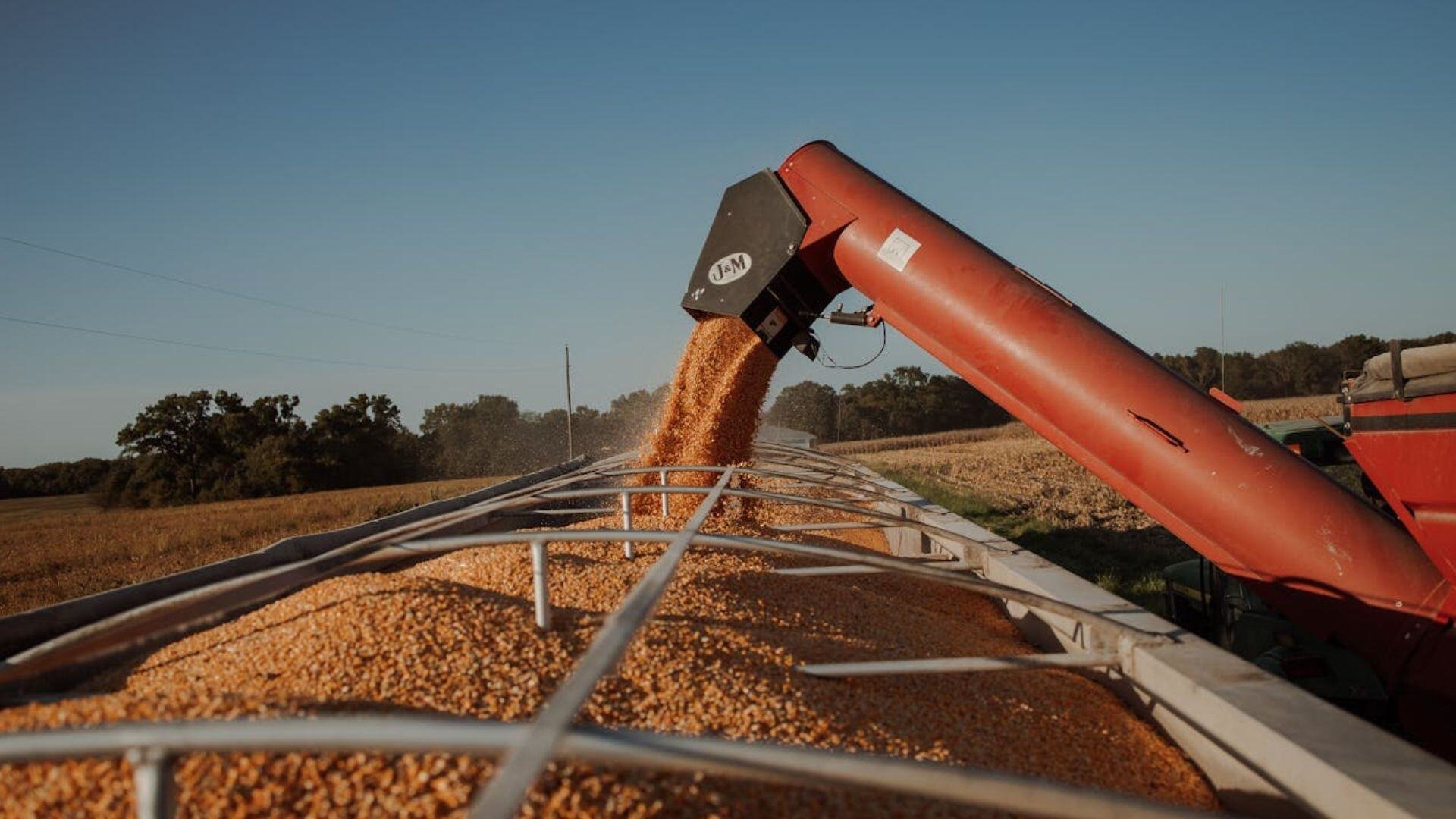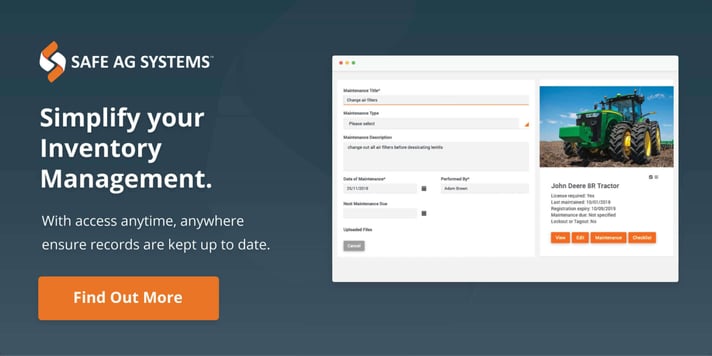As we near the seeding season for agricultural farms, it's a great time to get everything sorted out for a safe and successful kickoff to the season.
Grain augers are among the most hazardous pieces of equipment found on a farm. The swiftly rotating metal spiral flight mechanism has the potential to propel a finger or hand up to 1.5 meters away from the operator before the injured individual has a chance to react.
Other components such as outside casing are regularly involved in electric shock or tipping-over accidents, and moving parts such as cranking handles, drive chains and belts also contribute to injury.
What is a grain auger used for?
An auger is a piece of equipment utilised in the farming industry. Primarily augers are used to move grain from a silo to transportation such as trucks or feed cart and have hazardous parts that can cause serious injury and even death. Using grain augers can lead to injuries like hand, arm, foot, and leg entanglement in unguarded auger flights, which happen often.
The Headlines
What are the risks?
The risk of electrocution for operators and bystanders significantly increases when augers are operated or maneuvered in proximity to overhead power lines. This dangerous situation arises because the equipment can inadvertently come into contact with the electrical lines, leading to severe consequences. It is important for operators to maintain a safe distance from these power lines and to be aware of their surroundings to prevent any accidents that could result in serious injury or even fatality.
Hearing damage can happen when individuals, whether they are the operators or nearby bystanders, are subjected to harmful noise levels generated by the use of augers and motors. This exposure to excessive sound can lead to significant auditory issues, making it crucial to be aware of the noise levels produced during such operations.

How often are grain augers involved in an incident?
According to Farmsafe and the National Farm Injury Data Centre, the use of grain augers within Australia results in 1 death and 16 workers’ compensation claims, on average each year. As everyday farm work is completed by self-employed farmers and their families, there will most likely be many more injuries that are not included in the official workers’ compensation figures.
It is estimated that around 60 serious injuries involve farm augers each year, most of those injuries are crush injuries or amputation of fingers, hands, arms and feet. These injuries are caused when limbs are caught in the unguarded auger flight. Common auger injuries also include electrocution due to overhead powerlines and lacerations.
As most farms that handle grain have at least one grain-auger, many farm workers and their families are exposed to the risk of injury. But some simple safety checks and effective guarding would help to prevent these serious injuries.
What can you do to safeguard against auger accidents?
Always ensure all guarding is in place. There is an inner guard permanently fitted over the flighting and an outer guard.
The inner guard must be in place when the grain auger is being used. Inner guards are usually permanently fixed to the grain auger.
The outer guard is generally made of mesh and must be in a secured position when using a hopper and, so far as is reasonably practicable, for all other uses.
Where it is not reasonably practicable to use the outer guard and it is removed, for example when the grain auger is being used in a silo with a narrow chute that the guard will not fit into, ensure people are not directly exposed to the auger flighting during operation. In these situations it may be necessary to provide an alternative outer guard. Be sure to replace the outer guard when operations are finished and don't forget to keep your machinery maintenance records up to date.
How to keep safe while operating an auger:
- Ensure all guards are in place before augers are operated, especially after maintenance
- Guard auger drive trains (belts, pulleys, drive shafts) and the rotating screw fitting
- Locate mobile augers on firm, preferably flat ground, and operate at a shallow angle less than 45 degrees to prevent overbalancing
- Lower and empty mobile augers when being transported
- Ensure the emergency stop control is next to the auger inlet
- Ensure winches are properly guarded to prevent hands being caught between the winch drum and the wire rope
- Check that wire ropes used for raising and lowering the auger are fastened using swaged, socketed or spliced eyes and thimbles
- Display safety signs warning of risks clearly on the equipment
- Provide operating instructions housed in a weatherproof container
- Ensure suitable PPE is provided to workers using the auger
- Wear hearing protectors while the equipment is operating
- Be aware of overhead power lines when moving an auger
- Never start augers before checking the area is clear of people – create a work zone and ensure others, especially children and visitors, are kept clear of a very dangerous work area.
- Avoid single operator operations when loading or unloading grain trucks
- If you will be working remotely and alone, tell someone where you will be working and have a communication plan with regular check-in times.
Useful resources:
- General Guide for Managing the Risks of Machinery in Rural Workplaces, Safe Work Australia
- Managing Risks of Plant in the Workplace Code of Practice, Safe Work Australia
- Guarding Grain Augers – A guide to fitting a more practical guard, The University of Sydney
- Injuries associated with grain augers in Australia, A report for the Australian Centre for Agricultural Health and Safety and the Rural Industries Research and Development Corporation, A Athanasiov, L Fragar, M Gupta
Topics: Keep Safe around Grain
Disclaimer: Content on this website may be of relevance to users outside of Australia, but content links and examples are specific to Australia. Please check with your local authority for your country and industry requirements.












